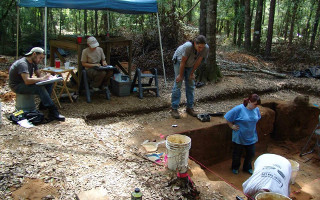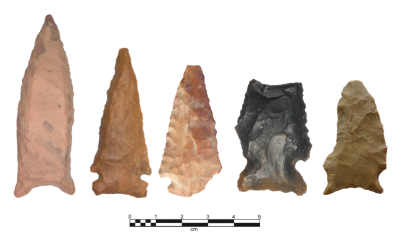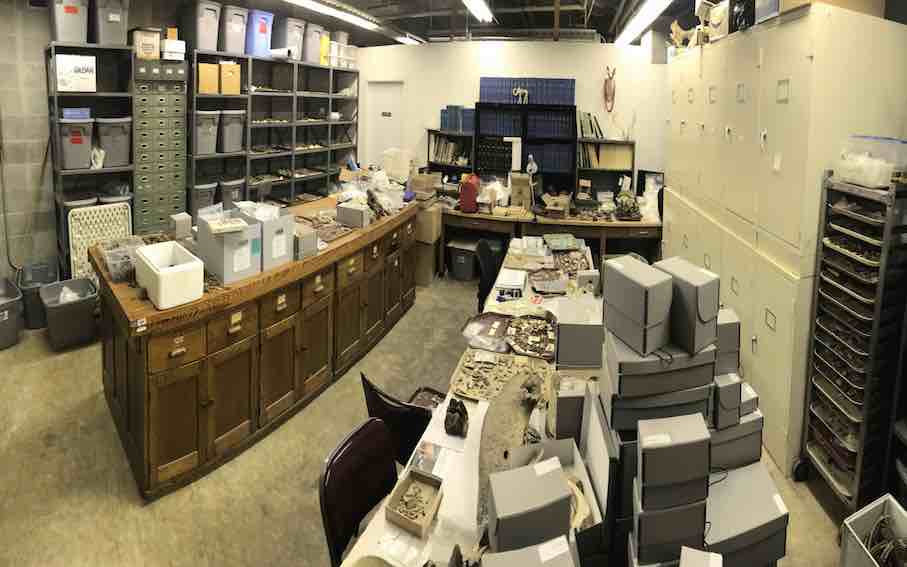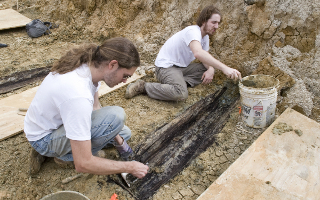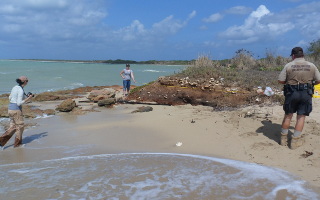I occasionally participate in contract work through the cultural resources management office at the Cobb Institute, both excavation (Phase II and III) and laboratory-based contracts. These are some of the projects that I have been involved with as an archaeologist at the Cobb:
40SU14 (Castilian Springs Site)
In the summer of 2017, a field school sponsored by Middle Tennessee State University conducted excavations at the Castilian Springs site in Central Tennessee. Over 7,000 individual pieces of bone and shell were recovered, and in the spring of 2018 I analyzed the assemblage with the help of an undergraduate student in the Department of Anthropology and Middle Eastern Cultures. Among other things, our preliminary results suggest that white-tailed deer remains were preferentially given to domestic dogs at the site; we will be looking into patterns of carnivore modification in more detail in the spring of 2019.
University of Mississippi Medical Center Cemetery
Along with co-PIs Nicholas Herrmann and Molly Zuckerman, I supervised the removal of 66 burials (associated with the Mississippi State Lunatic Asylum) during road construction between the fall of 2012 and the summer of 2013. Additional remote sensing and test trenching indicated that thousands of additional burials remain on campus, and archaeological survey and monitoring continued through the summer of 2015 as new construction took place. Analysis of the skeletal remains and coffin wood is currently underway. I am also a member of the Asylum Hill Research Consortium.
Selected Media Coverage:
Gale Family Cemetery
In the summer of 2012, a backhoe operator uncovered three historic burials (two of which were in iron caskets) while excavating the foundation for a new house in Jackson, MS. The developer agreed to halt construction until the remains could be excavated and transported back to Mississippi State University, where they were processed and analyzed.
22OK1147 (Reed Place Site)
A Late Mississippian and Early Historic site in Starkville, MS, with two daub structures and a well-preserved (but highly fragmentary) faunal assemblage, it was excavated in the summer of 2011 by Cobb Institute staff. I analyzed the vertebrate faunal remains (NISP = 5,829), which are typical of an Eastern Woodlands assemblage: dominated by white-tailed deer, but including a wide range of smaller mammals, reptiles, and birds (at least 29 species total).

